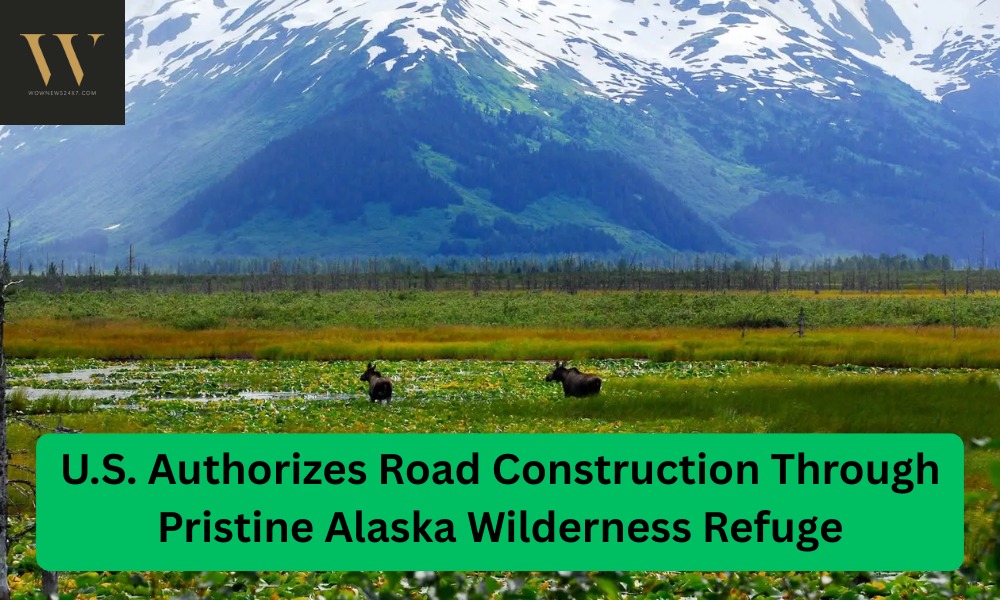The U.S. government has approved the construction of a contentious road through Alaska’s Izembek National Wildlife Refuge to improve emergency access for isolated communities like King Cove. The move, part of broader energy and infrastructure plans, raises debates over environmental impacts versus local and economic benefits.
The Trump administration has finalized a plan permitting construction of a road through the Izembek National Wildlife Refuge in southwestern Alaska, marking a significant development in the decades-long debate over accessibility, environmental preservation, and Indigenous rights in the region.
Key Highlights — Project Overview and Purpose
-
The road will connect the isolated fishing community of King Cove to Cold Bay’s airport, a vital link for emergency medical evacuations currently relying on boats or helicopters.
-
This transportation corridor aims to enhance safety, public health, and quality of life for local residents who have long lacked reliable access.
-
The initiative advances alongside a broader strategy to expand energy development in Alaska, including reopening large tracts of the Arctic National Wildlife Refuge for oil and gas drilling.
Environmental and Indigenous Concerns
-
Critics warn the road will cause irreversible harm to the fragile ecosystem, notably impacting migratory birds and subsistence resources crucial to Alaska Native tribes.
-
The plan involves a land exchange: around 490 acres from the refuge will transfer to the King Cove Corporation, while thousands of acres owned by the corporation will integrate into the refuge.
-
Conservation groups have pledged legal challenges, emphasizing risks to wildlife and protected lands under the Alaska National Interest Land Conservation Act (ANILCA).
Political and Economic Context
-
Interior Secretary Doug Burgum framed the decision as a balanced solution prioritizing both human safety and wildlife protections.
-
The project received strong support from Alaskan leaders who see it as a boost to regional development, job creation, and energy independence.
-
The road’s approval aligns with other federal infrastructure moves, including the revived Ambler Road project aimed at unlocking Alaska’s critical mineral resources.
Next Steps and Outlook
-
Construction is expected to move forward pending final regulatory and legal processes.
-
The outcome will influence future policies on infrastructure development within federally protected conservation areas and the interplay between community needs and environmental stewardship.
Sources: NPR, The Washington Post, The New York Times, U.S. Department of Interior, Alaska Public Media, KUCB, The Hill

